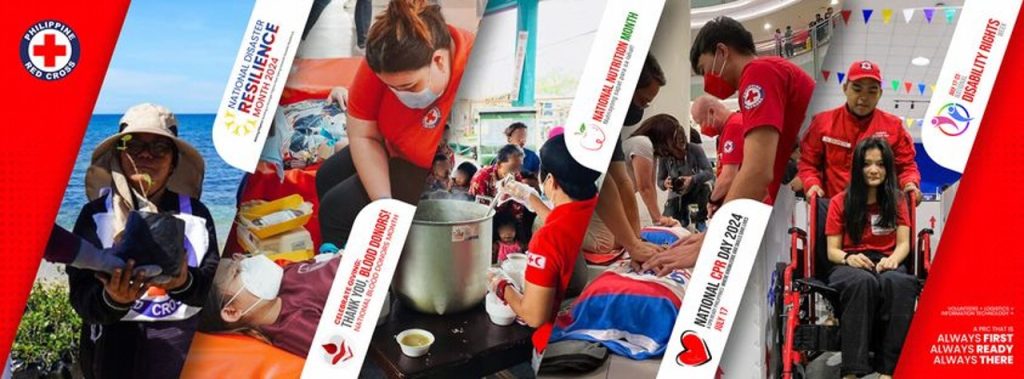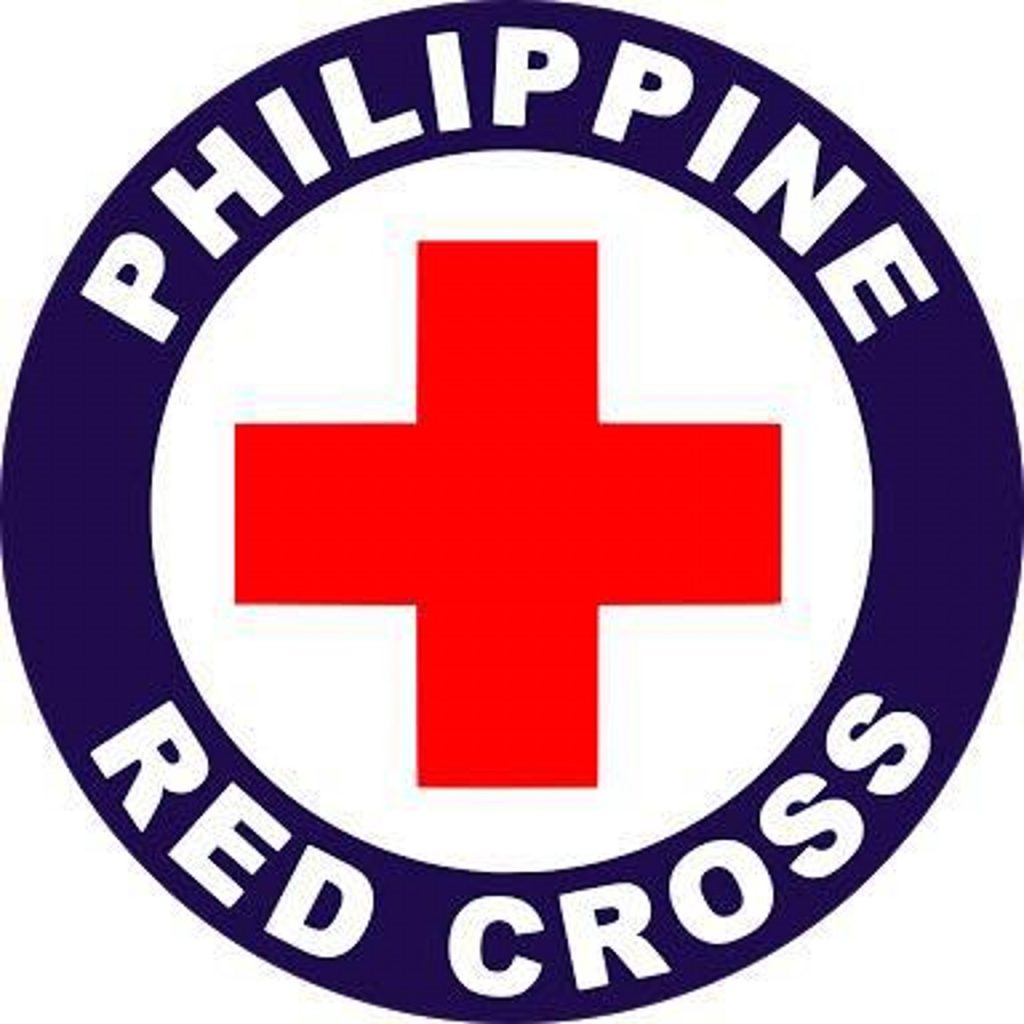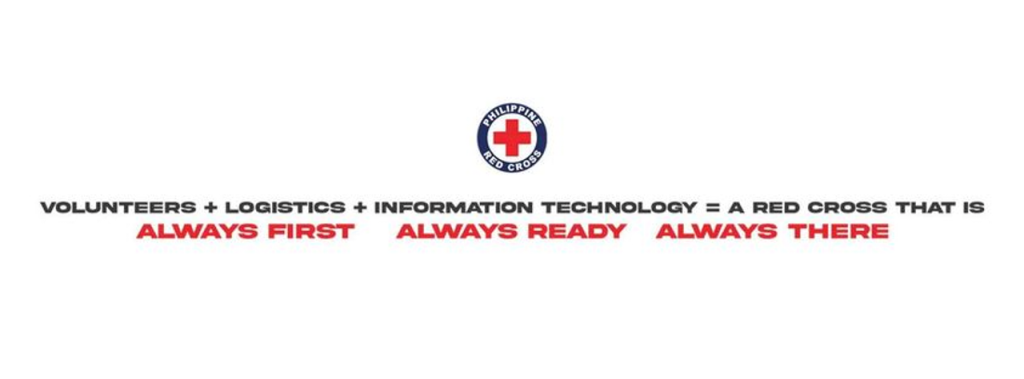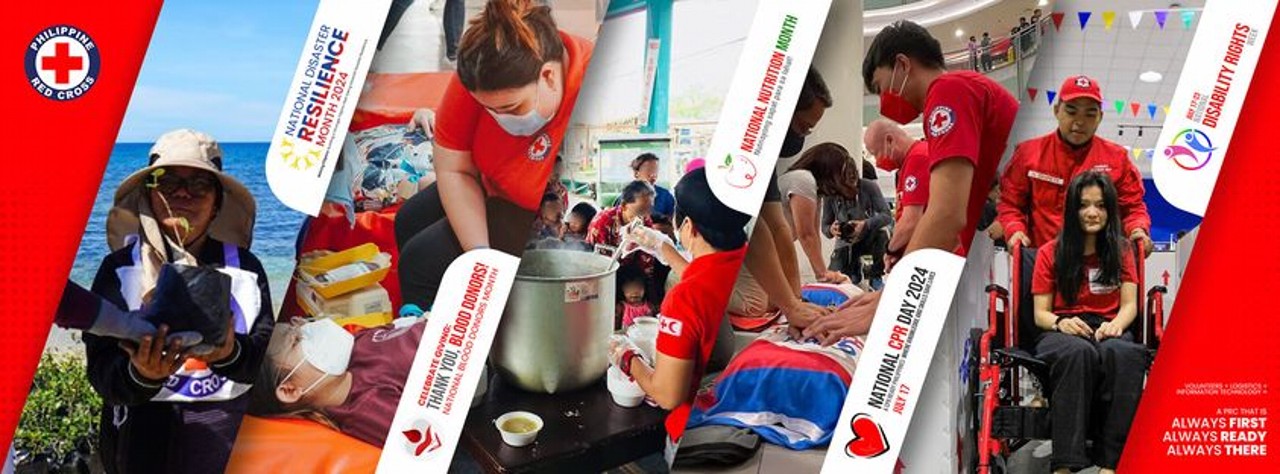The Red Cross or Philippine Red Cross (PRC) is more than just an emblem of hope; it is a lifeline for millions of Filipinos in need. As the leading humanitarian organization, Red Cross is dedicated to providing essential services to Filipinos, particularly during emergencies and disasters. Established in 1947, the PRC focuses on promoting health, alleviating human suffering, and protecting the dignity of vulnerable populations through various programs, including disaster management, blood services, and health services.
In addition to its core functions, the PRC has implemented cash assistance programs to enhance its disaster response efforts. These programs provide financial support to affected individuals and families, allowing them to meet immediate needs such as food, shelter, and medical care, thereby empowering them to recover more effectively from crises.
What is the Red Cross?
The Red Cross is an international humanitarian organization committed to providing aid in times of disaster, conflict, and health emergencies. Operating under the fundamental principles of humanity, impartiality, neutrality, and independence, it assists those in need regardless of nationality, race, religious beliefs, or political opinions. In the Philippines, the Philippine Red Cross (PRC) serves as an independent, autonomous, and nongovernmental organization that supports public authorities, especially in disaster response and health services.
Established in 1947 and recognized under the Philippine Red Cross Act of 2009, the PRC plays a critical role in disaster management, health promotion, and social welfare across the country. It maintains a network of volunteers and operates various programs such as emergency relief, blood donation, and first aid training to improve the well-being of communities. The PRC’s efforts are aligned with both national and international humanitarian laws, ensuring it operates ethically and effectively in all its missions to continue to uplift and empower communities across the Philippines.

History
The PRC has a rich history that dates back to 1899 when Apolinario Mabini spearheaded the establishment of the National Association of the Red Cross during the Malolos Republic. Over the years, the organization evolved, with significant milestones including the creation of a Philippine Branch of the American National Red Cross in 1905 and the eventual recognition of the PRC as an independent entity following the country’s liberation in 1946. By 1947, the PRC was officially established and recognized by the International Committee of the Red Cross.
Throughout its history, the PRC has grown and adapted to the changing needs of the nation, expanding its services beyond disaster relief to include blood services, health initiatives, and volunteer programs. Notably, in 2009, Republic Act No. 10072 officially affirmed its status as an autonomous humanitarian organization, solidifying its role as a key player in emergency response and humanitarian aid in the Philippines. To date, it continues to play a vital role in addressing various crises, including natural disasters and public health emergencies.
Logo

The PRC logo features a red cross at the center, which is a universal symbol of protection and neutrality. The red cross is surrounded by a blue circular band with the words “Philippine Red Cross” written in white, emphasizing the organization’s identity. This design reflects the PRC’s affiliation with the International Red Cross and Red Crescent Movement, symbolizing its commitment to humanitarian aid. The simplicity of the logo makes it easily recognizable, representing help, safety, and emergency support.
Mission
“The Philippine Red Cross will provide a sustained and effective humanitarian service committed to build resilient communities, ran by well-trained and dedicated staff and volunteers imbued with integrity, equipped with the necessary logistics and the maximum usage of information technology. We will continue to expand our volunteer network in every part of the country to ensure swift delivery of our services.”
Vision
“To be the foremost humanitarian organization ready to meet the challenges and capable of rapid delivery of humanitarian services in order to prevent and alleviate human suffering and uplift the dignity of the most vulnerable.”

Core Values
To date, the PRC still lives by and observes the following core values in their operations:
- Humanity
- Impartiality
- Neutrality
- Independence
- Voluntary Service
- Unity
- Universality
All of these values embody the fundamental principles that guide and inspire all Red Cross staff and volunteers who believe that being a Red Crosser is more than just a philosophy but a way of life.
Quality Policy
The Red Cross is committed to upholding humanitarian values and ensuring quality service through the following pledges:
- Strengthen legal frameworks for first aid, disaster response, and risk reduction.
- Promote widespread first-aid training and reduce concerns about legal liability.
- Review and enhance laws and procedures to support first-aid initiatives.
- Encourage youth members to alleviate human suffering, protect life and dignity, and adhere to PRC’s principles.
- Uphold PRC’s seven fundamental principles: humanity, impartiality, neutrality, independence, voluntary service, unity, and universality.
- Provide compassionate and non-discriminatory assistance to all in need.
Mandate
The PRC operates under a broad mandate to provide humanitarian aid and promote social welfare through the following key areas:
- Disaster Management: Focuses on disaster preparedness, response, and recovery, offering emergency assistance like food, shelter, and medical care.
- Health Services: Includes blood donation, first aid training, mental health support, and other healthcare services.
- Social Services: Provides financial aid and welfare support to individuals and families in crisis.
- Safety and Training: Offers training programs to equip communities with emergency response skills.
- Youth and Volunteer Engagement: Encourages youth involvement and volunteerism to support community welfare and disaster response.
- Promotion of Humanitarian Law: Spreads awareness of international humanitarian law and Red Cross principles to promote human rights.
Organizational Structure
The organizational structure of the Philippine Red Cross (PRC) is centralized and governed by a Board of Governors, which serves as its highest policy-making body. The Board is composed of 30 members, including six appointed by the President of the Philippines, 18 elected by chapter delegates, and six elected by the Board itself. The Chairman of the Board, along with other officers such as the Vice Chairman, Secretary, and Treasurer, oversees the implementation of policies and programs. The PRC operates through a network of chapters across the country, each managed by chapter administrators who coordinate local activities and report to the central body. This structure allows the PRC to maintain strong national leadership while ensuring effective local response and community engagement.
Benefits
The PRC helps to enhance the welfare of the Filipinos through its comprehensive humanitarian services. Its very presence also provides numerous benefits, including:
- Emergency Response: The PRC offers immediate assistance during disasters, providing food, shelter, and medical care to affected communities.
- Health Services: Through blood donation programs and health education initiatives, the PRC ensures access to essential health services and promotes public health awareness.
- Disaster Preparedness: The organization trains volunteers and communities in disaster risk reduction and management, empowering them to respond effectively to emergencies.
- Social Support: The PRC provides psychosocial support and welfare services to vulnerable populations, helping individuals and families cope with crises.
- Community Engagement: Programs like the Red Cross 143 encourage volunteerism and community involvement, fostering a spirit of solidarity and cooperation among Filipinos.
- Restoring Family Links: The PRC assists in reconnecting families separated by disasters or conflicts, promoting family unity and emotional well-being.
Coverage
The Philippine Red Cross (PRC) provides humanitarian assistance to a wide range of beneficiaries across the Philippines. Its primary beneficiaries include a diverse range of individuals and communities, particularly those in vulnerable situations, including:
- Indigent Filipinos: The PRC focuses on providing assistance to the poorest segments of the population, offering essential services such as disaster relief, health care, and social support.
- Disaster-Affected Communities: Individuals and families impacted by natural disasters, such as typhoons and earthquakes, receive emergency aid, shelter, and recovery assistance.
- Migrants and Returnees: The PRC assists deported individuals and those returning from abroad, providing healthcare, food, and support in reconnecting with their families.
- Children and Vulnerable Populations: Programs aimed at psychosocial support and health services specifically target children and other vulnerable groups to ensure their well-being and recovery from trauma.
- Volunteers and Community Members: The PRC engages volunteers through programs like Red Cross 143, empowering them to contribute to disaster preparedness and community resilience efforts.
By leveraging its nationwide network of chapters and volunteers, the PRC aims to reach the most vulnerable populations and provide essential humanitarian services to those in need across the Philippines.
Programs and Services
The PRC provides a wide range of programs and services to assist Filipinos in need and to alleviate human suffering and enhance community resilience, particularly in times of emergencies.
Here’s a list of PRC programs and services:
1. Blood Services
PRC offers a comprehensive blood donation and transfusion program, providing a variety of blood products to hospitals and individuals in need.
- Blood Samaritan Program: This program assists indigent patients in need of blood transfusions by seeking financial donations to cover the processing fees.
2. Disaster Management Services
This program focuses on disaster preparedness, response, and recovery, including providing shelter, food, health services, and mental health support during emergencies.
- Red Cross 143 Program: Launched in 2009, this ambitious volunteer program aims to train 1.8 million volunteers nationwide in community-based disaster preparedness and response, as well as first aid.
- Welfare Desk Management: The PRC sets up temporary welfare desks at ports and other locations to provide information, first aid, medical care, food, water, and connectivity services to displaced individuals and families.
3. Safety Services
PRC offers extensive training programs to equip people with the skills needed to respond effectively to emergencies, helping to save lives and build stronger communities.
4. Health Services
These services include health education, medical missions, and public health initiatives aimed at promoting well-being and preventing diseases in vulnerable populations.
- Psychosocial Support Training: The PRC provides training to volunteers on promoting community self-help, supporting populations with special needs, and helping the helpers during emergencies.
5. Social Services
PRC provides critical support during crises, including emergency communication, financial assistance, and care for the sick and wounded.
- Restoring Family Links: The PRC offers services to help reconnect families separated by disasters, conflicts, or migration, including free phone calls, tracing services, “I am safe and well” messages, prepaid SIM cards, and access to Wi-Fi and telephone charging stations.
- Case Management: The PRC provides case management services to support vulnerable individuals and families, ensuring they receive appropriate assistance and referrals to other service providers as needed.
6. Red Cross Youth and Volunteer Services
This program engages youth and volunteers in humanitarian efforts, encouraging active participation in community service and disaster response.
7. Capacity Building of Chapters
The PRC works to strengthen the disaster management capacity of its local chapters across the country, providing training and resources to enhance their ability to respond effectively to emergencies.
These programs demonstrate the PRC’s commitment to providing comprehensive humanitarian assistance, promoting disaster resilience, and supporting the well-being of Filipinos in need.
Video: Philippine Red Cross Hazards App
As one of the main groups in charge of disaster response and risk management, the PRC created the PRC Hazards App—an early warning app that gives instant access to information you need to know in cases of emergency.
Summary
The Philippine Red Cross (PRC) is not just a humanitarian organization; it’s a movement that invites every Filipino to be part of something bigger. It stands as a testament to the power of collective action and the enduring spirit of Filipino bayanihan. Through its cash assistance programs and other life-saving services, the PRC continues with its mission of alleviating human suffering. It remains a pillar of hope for those who need it most.
Contact Information
If you wish to support the PRC programs or any of its services, you may consider becoming a donor or volunteer. To learn how, you may reach out to them via the following:
Philippine Red Cross (PRC)
Main Office Address: 37 EDSA corner Boni Avenue, Mandaluyong City 1550
Contact Number: 143 (hotline), +63 2 8790 2300 (trunkline)
Email Address: volunteer@redcross.org.ph
Official Website: https://www.redcross.org.ph,
Official Social Media Pages
Facebook: https://web.facebook.com/phredcross/
Youtube: https://www.youtube.com/user/philredcrosstv
Instagram: https://www.instagram.com/philredcross/
